Jūs turite būti prisijungę
-
sugrįžtiX
-
Komponentai
-
-
Category
-
Puslaidininkiai
- Diodai
- Tiristoriai
-
Elektroizoliuoti moduliai
- Elektrai izoliuoti moduliai | VISHAY (IR)
- Elektrai izoliuoti moduliai | INFINEON (EUPEC)
- Elektrai izoliuoti moduliai | Semikronas
- Elektrai izoliuoti moduliai | POWEREX
- Elektrai izoliuoti moduliai | IXYS
- Elektrai izoliuoti moduliai | POSEICO
- Elektrai izoliuoti moduliai | ABB
- Elektrai izoliuoti moduliai | TECHSEM
- Eikite į subkategoriją
- Lygintuviniai tilteliai
-
Tranzistoriai
- Tranzistoriai | GeneSiC
- SiC MOSFET moduliai | Mitsubishi
- SiC MOSFET moduliai | STARPOWER
- „ABB SiC MOSFET“ moduliai
- IGBT moduliai | MITSUBISHI
- Tranzistorių moduliai | MITSUBISHI
- MOSFET moduliai | MITSUBISHI
- Tranzistorių moduliai | ABB
- IGBT moduliai POWEREX
- IGBT moduliai INFINEON (EUPEC)
- Silicio karbido puslaidininkiniai elementai
- Eikite į subkategoriją
- Valdikliai
- Galios blokai
- Eikite į subkategoriją
- Elektrinių dydžių keitikliai
-
Pasyvūs komponentai (kondensatoriai, rezistoriai, saugikliai, filtrai)
- Rezistoriai
-
Saugikliai
- ABC ir AGC serijos miniatiūriniai saugikliai elektronikai
- Greitaeigiai cilindriniai saugikliai
- Uždelsimo elementai su GL/GG ir AM charakteristikomis
- Ultragreiti intarpai - saugikliai
- Didžiosios Britanijos ir JAV standartų greitaeigiai saugikliai
- Europos standarto greitaeigiai saugikliai
- Saugikliai geležinkeliui
- Aukštos įtampos saugikliai
- Eikite į subkategoriją
-
Kondensatoriai
- Kondensatoriai varikliams
- Elektrolitiniai kondensatoriai
- Snubbers tipo kondensatoriai
- Galios kondensatoriai
- Kondensatoriai DC grandinėms
- Kondensatoriai galios kompensavimui
- Aukštos įtampos kondensatoriai
- Kondensatoriai indukciniam kaitinimui
- Impulsiniai ir energijos kaupimo kondensatoriai
- DC LINK kondensatoriai
- AC / DC grandinių kondensatoriai
- Eikite į subkategoriją
- Slopinimo tinklo filtrai
- Superkondensatoriai
- Apsauga nuo viršįtampių
- Eikite į subkategoriją
-
Relės ir kontaktoriai
- Relių ir kontaktorių teorija
- Trijų fazių puslaidininkinės AC relės
- Puslaidininkinės DC relės
- Reguliatoriai, valdikliai ir jų priedai
- Soft starteriai (minkšto paleidimo įrenginiai) bei reversiniai kontaktoriai
- Elektromechaninės relės
- Kontaktoriai
- Rotaciniai jungikliai
-
Vienos fazės puslaidininkinės AC relės
- AC vienfazės puslaidininkinės relės 1 | D2425 | D2450 serijų
- AC vienfazės puslaidininkinės relės CWA ir CWD serijų
- AC vienfazės puslaidininkinės relės CMRA ir CMRD serijų
- AC vienfazės puslaidininkinės relės PS serijos
- AC puslaidininkinės dvigubos ir keturgubos relės D24 D, TD24 Q, H12D48 D serijų
- Vienfazės puslaidininkinės relės gn serijos
- AC vienfazės puslaidininkinės relės CKR serijos
- AC vienfazės relės DIN bėgiams ERDA ir ERAA serijų
- Vienfazės kintamosios srovės relės, skirtos 150A srovei
- Dvigubos kietojo kūno relės, integruotos su radiatoriumi DIN bėgiui
- Eikite į subkategoriją
- Vienos fazės puslaidininkinės AC relės spausdinimo plokštėms
- Interfejsų relės
- Eikite į subkategoriją
- Indukciniai elementai
- Radiatoriai, varistoriai, termo apsauga
- Ventiliatoriai
- Kondicioneriai, elektros spintų aksesuarai, aušintuvai
-
Baterijos, įkrovikliai, buferiniai maitinimo šaltiniai ir keitikliai
- Baterijos, įkrovikliai - teorinis aprašymas
- Ličio jonų baterijos. Individualios baterijos. Baterijų valdymo sistema (BMS)
-
Akumuliatoriai
- Panasonic įmonės akumuliatoriai
- SSB įmonės akumuliatoriai
- Sonnenschein Dryfit įmonės akumuliatoriai
- MK Battery įmonės geliniai akumuliatoriai
- FIAMM įmonės akumuliatoriai
- Victron Energy akumuliatoriai
- „Victron Energy LiFePO4“ akumuliatoriai
- „Dyno“ baterijos
- APC UPS RBC akumuliatorių paketai
- Eikite į subkategoriją
- Akumuliatorių įkrovikliai ir priedai
- UPS atsarginis maitinimo šaltinis ir buferiniai maitinimo šaltiniai
- Fotoelektros keitikliai ir priedai
- Energijos kaupimas
- Kuro elementai
- Ląstelės litio-joninės
- Eikite į subkategoriją
-
Automatikos komponentai
- Futaba Drone Parts
- Galiniai jungikliai, mikrojungikliai
- Jutikliai, keitikliai
- Pirometrai
- Skaitikliai, laiko relės, paneliniai matuokliai
- Pramoniniai apsaugos įrenginiai
- Šviesos ir garso signalizacija
- Terminio vaizdo kamera
- LED švieslentės
- Valdymo aparatūra - mygtukai ir jungikliai
-
Registravimo prietaisai
- AL3000 - įrašantis į juostą temperatūros registratorius su skaitmeniniu ekranu
- Mikroprocesoriniai registratoriai su LCD ekranu KR2000 serijos
- Registratorius KR5000
- Matuoklis su drėgmės ir temperatūros įrašymo funkcija HN-CH
- Registratorių reikmenys
- Grafinis kompaktinis registratorius 71VR1
- Registratorius KR 3000
- PC registratoriai R1M serijos
- PC registratoriai R2M serijos
- PC registratorius, 12 izoliuotų įėjimų – RZMS
- PC registratorius, USB, 12 izoliuotų įėjimų – RZUS
- Eikite į subkategoriją
- Eikite į subkategoriją
-
Laidai, pynės, laidų apsauginės žarnos, lankstūs sujungimai
- Laidai
- Daugiagisliai laidai
-
Kabeliai ekstremalioms sąlygoms
- Kompensaciniai ir prailginimo kabeliai
- Laidai termoporoms
- PT jutikliams prijungimo laidai
- Daugiagysliai laidai temp. -60C iki +1400C
- Vidutinės įtampos kabeliai
- Uždegimo laidai
- Šildymo laidai
- Viengysliai laidai temp. -60C iki +450C
- Geležinkelio kabeliai
- Šildymo kabeliai Ex zonoms
- Eikite į subkategoriją
- Apsaugos vamzdeliai
-
Pintinės
- Plokščios pintinės
- Apvalios pintinės
- Plokščios labai elastingos pintinės
- Apvalios labai elastingos pintinės
- Cilindro formos vario pintinės
- Vario cilindrinės pintinės su apsauga
- Elastingos įžeminimo juostos
- Cinkuoto ir nerūdijančio plieno cilindrinės pintinės
- PCV izoliuotos vario pintinės - temperatūra iki 85 C
- Plokščios aliuminio pintinės
- Sujungimo komplektas - pintinės ir vamzdeliai
- Eikite į subkategoriją
- Aksesuarai geležinkeliams
- Kabelių antgaliai
- Lanksčios izoliuotos šynos
- Daugiasluoksnės lanksčios šynos
- Laidų pravedimo sistemos (PESZLE)
- Gofruotos apsauginės žarnos
- Eikite į subkategoriją
- Žiūrėti visas kategorijas
-
Puslaidininkiai
-
-
- Tiekėjai
-
Pritaikymų sąrašas
- CNC staklės
- Energetika
- Energy bank
- Indukcinis kaitinimas
- Įranga ir komponentai sprogimo pavojaus zonoms (Ex)
- Kasyklos, metalurgijos ir liejimo pramonė
- Laboratoriniai ir moksliniai matavimai
- Maitinimo šaltiniai (UPS) ir lygintuvinės sistemos
- Medienos džiovinimo ir apdirbimo mašinos
- Nuolatinės ir kintamos srovės pavaros (keitikliai)
- Paskirstymo, valdymo ir telekomunikacijos spintų įranga
- Plastmasių liejimo mašinos
- Poligrafija
- Pramoninė apsaugos įranga
- Pramoninė automatika
- Suvirinimo aparatai
- ŠVOK automatika
- Temperatūros matavimas ir nustatymas
- Tramvajų ir traukinių pavaros
- Varikliai ir transformatoriai
-
Montavimas
-
-
Induktoriai
-
-
Indukciniai įtaisai
-
-
https://www.dacpol.eu/pl/naprawy-i-modernizacje
-
-
Aptarnavimas
-
- Kontaktai
- Zobacz wszystkie kategorie
Comparison of capacitive and resistive touch panels: Which solution is better for your business?

Choosing the right touch solution can be a challenge for many companies looking to implement innovative technologies in their products or processes. The two most commonly used types – capacitive touch screens and resistive touch panels – have unique advantages and are used in various environments. Understanding these differences will help select the ideal solution to ensure optimal performance, durability, and user convenience in a given application.
Capacitive Touch Screens – Excellent Precision and Modern Design
Capacitive touch panels, often referred to as PCAP (Projected Capacitive) screens, are a technology widely used in mobile devices such as smartphones and tablets, where fast and intuitive interaction is a priority. A capacitive touch panel works by detecting changes in the electrostatic field on the screen's surface. This method makes capacitive screens exceptionally sensitive to touch, allowing operation with gentle gestures.
Advantages of Capacitive Touch Panels:
- Precise touch detection – A capacitive touch screen is highly accurate, responding to even the slightest user gestures. This makes it ideal for applications requiring high precision, such as user interfaces in medical devices, POS applications, or advanced control systems.
- Multi-touch support – Capacitive touch screens support multi-touch functionality, enabling advanced gestures such as zooming or scrolling. This feature is especially useful in interactive devices and enhances user intuitiveness.
- Modern look and durability – Capacitive touch panels are typically covered with durable glass, which not only provides an elegant appearance but also protects the surface from scratches, dust, and other damage. This makes capacitive screens an ideal solution for devices used publicly, such as information kiosks.
- Increased resistance to dirt – The surface of capacitive screens is easy to clean, making them ideal for industries where cleanliness and hygiene are a priority, such as healthcare, food service, and the food industry.
With these features, capacitive touch screens are an excellent choice for companies that value modernity, intuitiveness, and high-quality user interaction.
Resistive Touch Panels – Reliability and Versatility in Harsh Conditions
Resistive touch panels operate based on pressure detection. They consist of two transparent layers that touch when force is applied to the screen. This allows for precise control regardless of whether the user is using their hand, a stylus, or gloves, making resistive panels a popular choice in industrial and specialized environments.
Advantages of Resistive Touch Screens:
- Reliability in various environments – Resistive touch panels work well in environments with high levels of dust, humidity, or extreme temperatures. Due to their resistance to challenging conditions, resistive screens are widely used in industries such as logistics and transportation, where equipment must function flawlessly even in adverse conditions.
- Versatile usage – A resistive touch panel can be operated with any tool, enabling use even by users wearing gloves or using specialized tools. This makes resistive touch panels suitable for medical devices, military equipment, and applications where standard touch operation is insufficient.
- Low sensitivity to external interference – The resistive panel functions smoothly regardless of the presence of water, dust, or other contaminants. This makes resistive touch screens suitable for locations where other technologies might struggle to perform.
- Cost-effectiveness – Compared to capacitive panels, resistive touch panels are more budget-friendly. For companies looking for a solid, economical solution that is durable, resistive touch screens may be an attractive choice, especially for larger orders.
Resistive touch panels are, therefore, the optimal solution for companies that need reliable technology suited to extreme conditions and specialized applications.
Which Touch Panel to Choose?
The choice between a capacitive and a resistive touch screen largely depends on the environment in which they will be used and the specific requirements of end-users. Capacitive screens are more aesthetic, modern, and convenient to use, making them the best for consumer devices, POS systems, and interactive kiosks. For industries where aesthetics, high touch sensitivity, and multi-touch capability are essential, capacitive screens are an ideal choice.
On the other hand, resistive touch panels are an excellent option for industry, logistics, and applications where the screen must function reliably in conditions of high dust, humidity, or extreme temperatures. Reliability, durability, and the ability to operate using various tools make resistive touch screens the ideal choice for specialized and professional applications.
Summary
Each type of touch panel – capacitive and resistive – has its unique advantages that meet different business needs. For companies seeking a modern, elegant, and touch-sensitive solution that offers multi-touch support, capacitive touch screens are an excellent choice. Meanwhile, companies operating in environments that demand durability, versatility, and resistance to extreme conditions may opt for resistive touch panels, which perform well in the toughest applications.
A careful analysis of your company's needs and the conditions in which the screens will be used will help make the best decision. Choosing the right touch solution can improve the efficiency and reliability of operations while enhancing end-user satisfaction.
Related products
Related posts
 Now available – DC/DC converters from PREMIUM
Now available – DC/DC converters from PREMIUM
 New release in DACPOL lighting for lathes – Kira covers
New release in DACPOL lighting for lathes – Kira covers




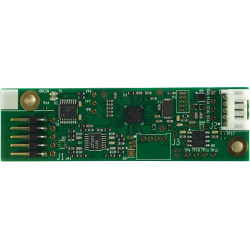
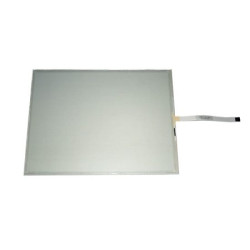
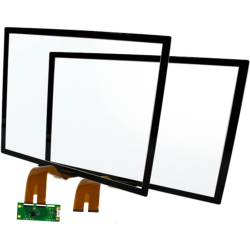
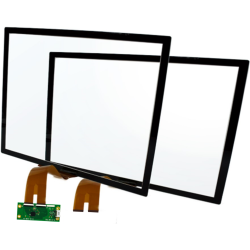
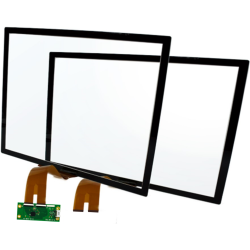
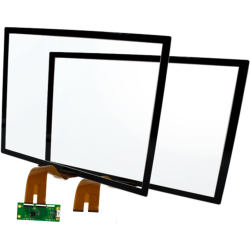
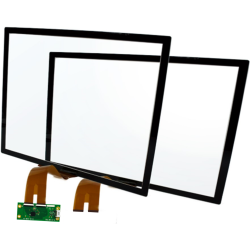
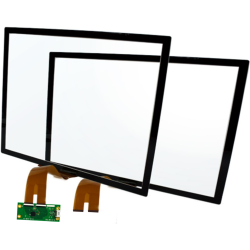
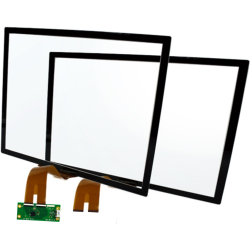
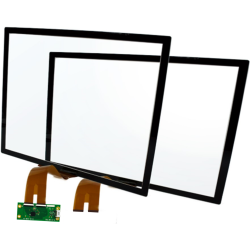
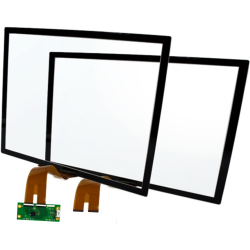
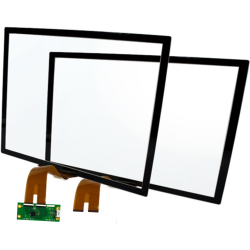

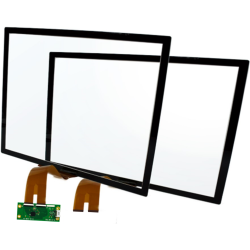
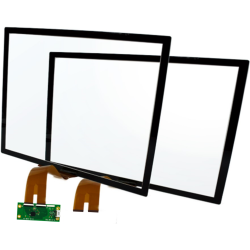
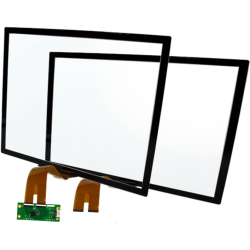
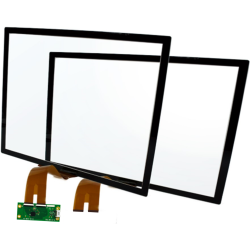
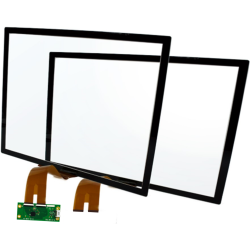
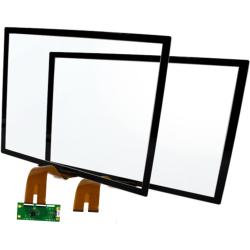
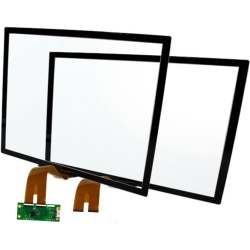
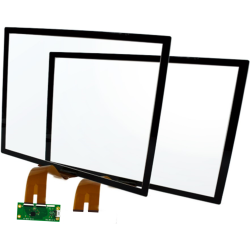
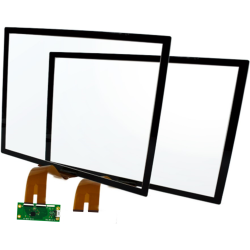
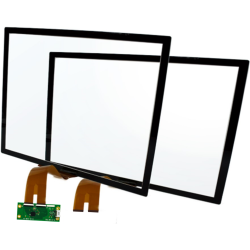
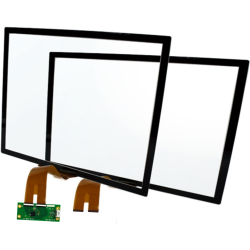
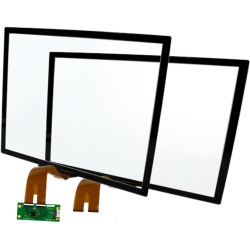
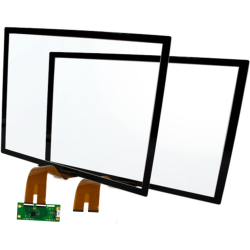
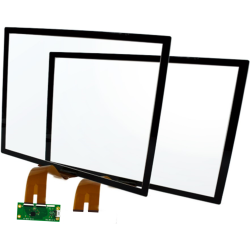
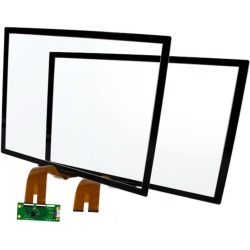
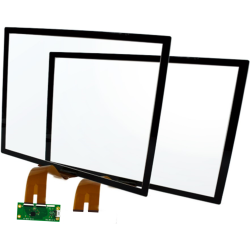
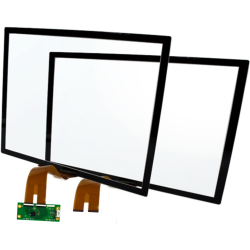
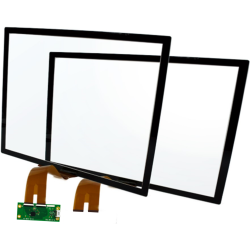
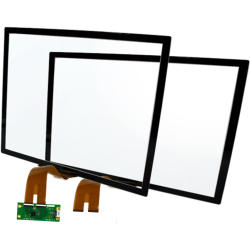
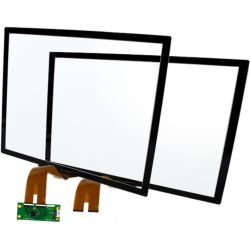
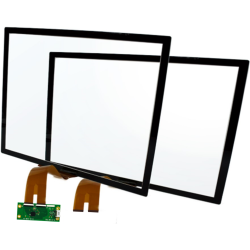
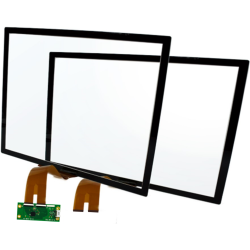
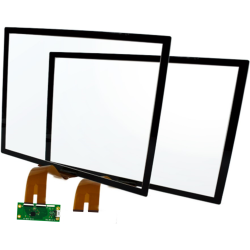
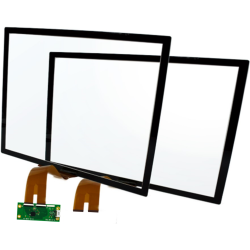
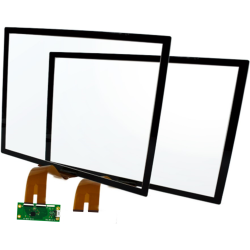
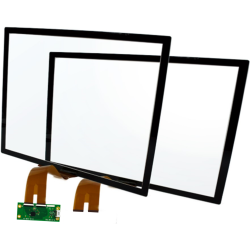
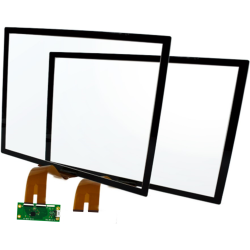
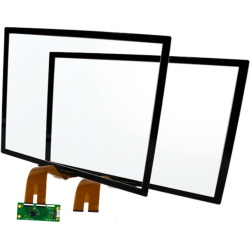
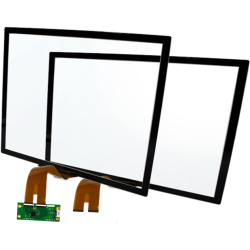
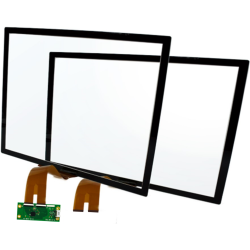
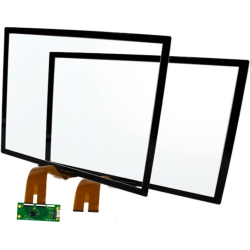
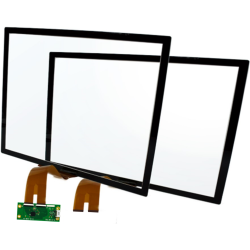
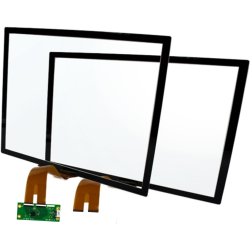
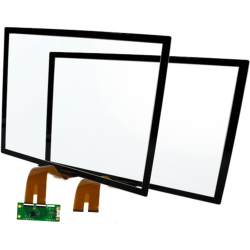
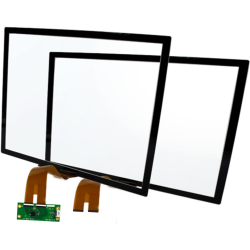
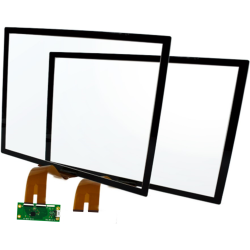
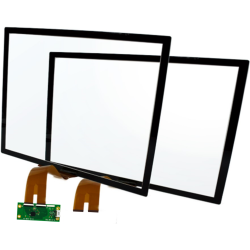
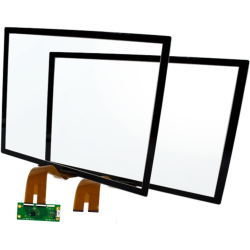
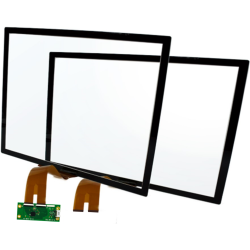
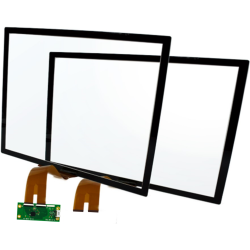
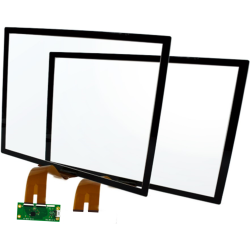
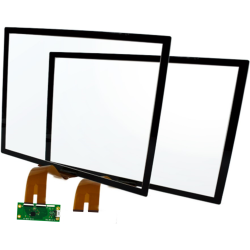
Leave a comment